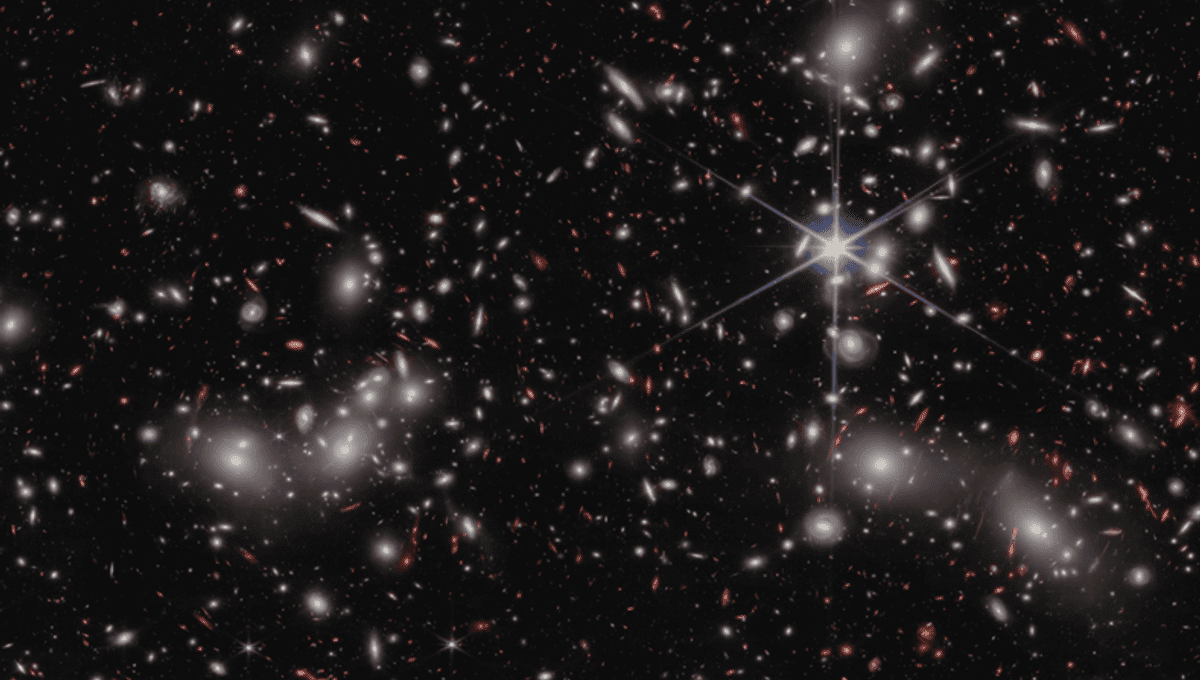
Over the last several years, cosmologists have had to grapple with an unyielding conundrum. The expansion rate of the universe, also known as the Hubble’s constant (H0), has two different values depending on how you measure it, either with the echo of the Big Bang or with stars and galaxies. Researchers have now improved the precision of the second method, making the tension so much worse.
One of the key elements of the measurements is the calibration of Cepheids stars. The true luminosity of these stars fluctuates over a defined period, so by measuring said period and the brightness we see, it is possible to work out the distance of these objects. You could do the same with a distant lightbulb as long as you knew what wattage it was.
The method using the Cepheids is known as the cosmic distance ladder, and it has an estimated value of 73 kilometers per second per megaparsec (a megaparsec is equivalent to 3.26 million light-years). This means that if two galaxies are 1 megaparsec apart, they would appear to be moving away from each other at a speed of 73 kilometers (45 miles) per second.
“Our study confirms the 73 km/s/Mpc expansion rate, but more importantly, it also provides the most precise, reliable calibrations of Cepheids as tools to measure distances to date,” senior author, Richard Anderson, from the Ecole Polytechnique Federale de Lausanne, said in a statement.
By using the cosmic microwave background, as measured by the European Space Agency’s Planck space telescope, the expansion rate is 67.4 ± 0.5 km/s/Mpc. The discrepancy of 5.6 km/s/Mpc could either signify that there is an issue with the way we measure things, or that there is something deeply wrong with our understanding of the universe.
“Suppose you wanted to build a tunnel by digging into two opposite sides of a mountain. If you’ve understood the type of rock correctly and if your calculations are correct, then the two holes you’re digging will meet in the center. But if they don’t, that means you’ve made a mistake – either your calculations are wrong or you’re wrong about the type of rock,” explained Anderson.
“That’s what’s going on with the Hubble constant. The more confirmation we get that our calculations are accurate, the more we can conclude that the discrepancy means our understanding of the universe is mistaken, that the universe isn’t quite as we thought.”
The new calibration was possible thanks to the extremely precise measurements from another European observatory, Gaia. Gaia is creating the most detailed map of the Milky Way (and recently spotted the closest black holes to Earth), and that precision was key to improving the calibration both for the Hubble tension and also for better models closer to home.
“Because our measurements are so precise, they give us insight into the geometry of the Milky Way,” says Mauricio Cruz Reyes, a PhD student in Anderson’s research group and lead author of the study. “The highly accurate calibration we developed will let us better determine the Milky Way’s size and shape as a flat-disk galaxy and its distance from other galaxies, for example. Our work also confirmed the reliability of the Gaia data by comparing them with those taken from other telescopes.”
The study was published in Astronomy & Astrophysics.
Source Link: Disagreement Over The Expansion Rate Of The Universe Is Worse Than Ever